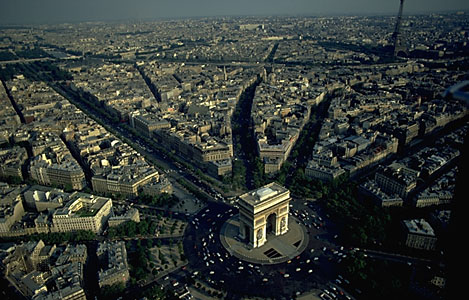How relevant is the concept of Auteurism in a contemporary animation landscape?
To me it would seem the past twenty years has seen a dramatic shift in the popular culture, with the emergence of new technologies and the proliferation and democratisation of new media channels to disseminate information. This has lead both to an explosion of culture and a fracturing of it, as the power wielded by the traditional gatekeepers is greatly diminished, creating a sort of two way channel of influence where alternative forms of artistic expression, whether that be illustration, animation, graphic design, now have a seat at the table of the cultural conversation.
In this essay I will explore the relevance of Auteur theory in a contemporary animation landscape. As an animator, I have sincere aspirations to apply the tools afforded to the medium of animation as a means of creative expression, much like how the filmmakers of The New Wave used their cameras, which is partially why I have chosen to research into Auteur Theory and it’s relevance in regards to the industry today. Animation today encompasses a wide variety different industries and processes, so for this essay I will be focusing on animation in film, television, video-games as well as other alternative forms of media.
For this, I will find and highlight examples in the industry where the principles of Auteur Theory are being applied, both on an individual creative level as well as on a studio level; exploring how the concept of auteurism manifests in different creative contexts, making the argument for how animation studios have adopted a flat organisational structures and investigating whether this reorganisation has effected the work culture. In order to explore this hypothesis I will investigate both studios and individual practitioners in regards to authorship, identifying specific motifs and creative trademarks and relating these to their respected work pipelines, management organisation and general creative philosophy.












